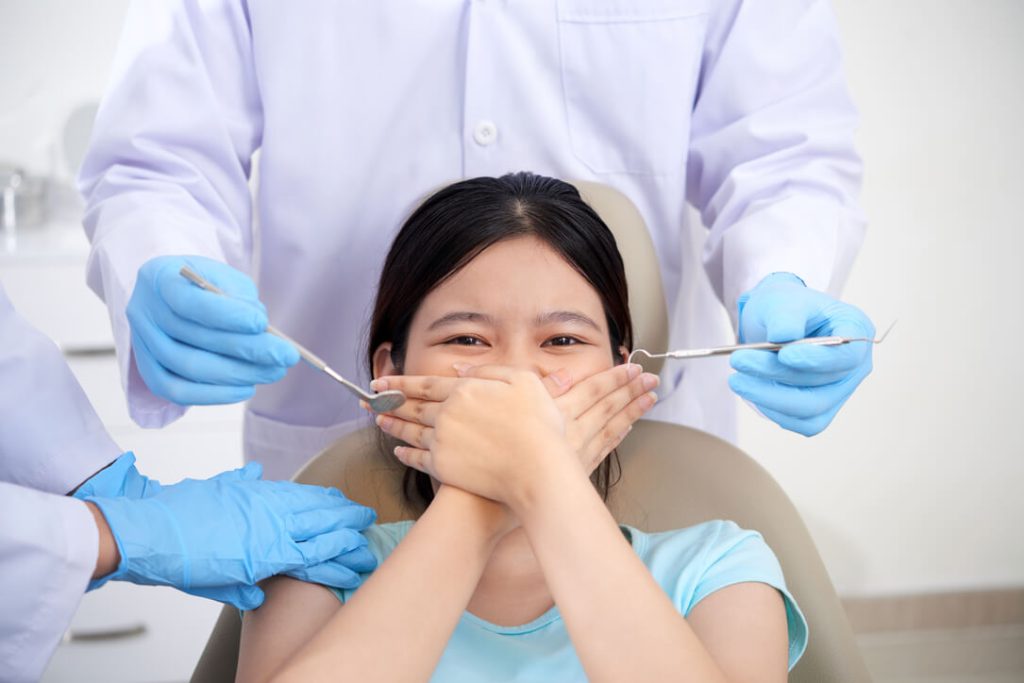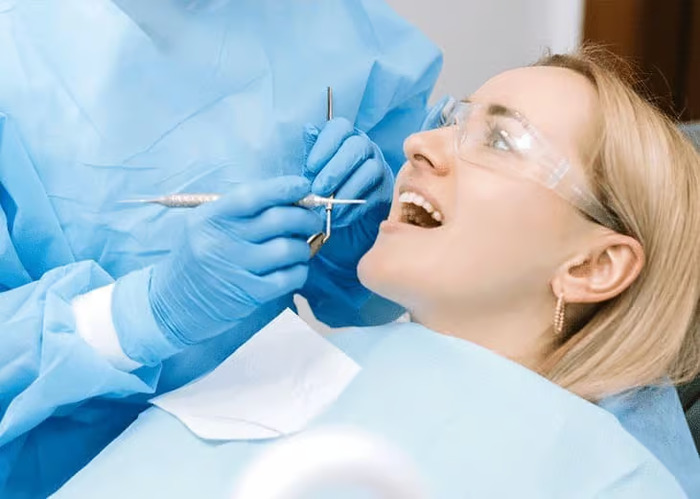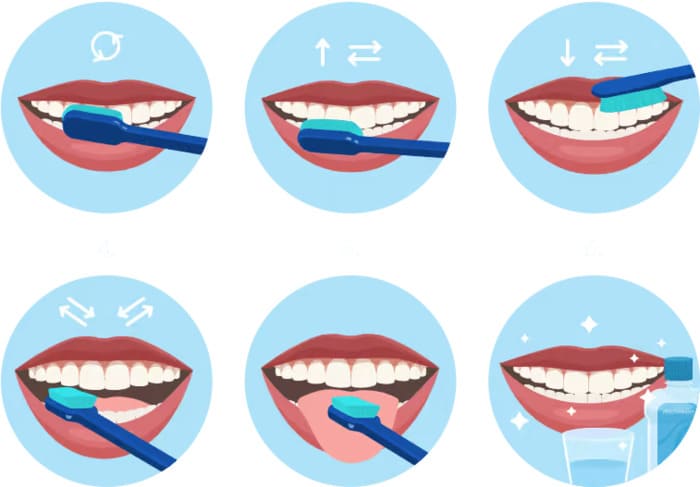Tooth Extraction Aftercare Tips: All You Need to Know

Contents:
The wound at the extracted tooth site takes an average of 4-6 weeks to heal. It will take about 4-5 months for the hole to fill with bone and complete tissue regeneration. The duration may vary depending on the type of extraction, the state of the oral cavity, and the individual characteristics of the patient’s body. After tooth extraction, you should follow all the advice of your dentist to pass the recovery period as quickly as possible and without nuisance.

First Steps After Tooth Extraction
Once the procedure is complete, the doctor will recommend a rehabilitation period, after which the patient can go home. The doctor will prescribe medication for oral treatment and prescribe an antibiotic, which you will need to purchase and start taking that day immediately.
What Should I Do Immediately After the Extraction?
In the first few hours after the procedure, you should:
- remove the cotton pad from the wound 15-20 minutes later;
- keep ice on the cheek with a towel or napkin (15 minutes at a time, with intervals for 1 hour);
- sit or lie down and rest in a quiet atmosphere.
People who work should take a day off on the day of tooth extraction. Patients react differently to the procedure, so even after an uncomplicated extraction, it is recommended that you give yourself time to recover. After complex surgical manipulations, for example, extracting retained wisdom teeth may take several days to recover.
What Should I Avoid Doing After the Procedure?
Immediately after tooth extraction, it is strictly forbidden to:
- spitting up saliva and blood clots;
- eating or drinking;
- rinsing your mouth;
- touching the wound with your tongue;
- smoking;
- perform physical tasks.

You should avoid using active facial expressions and articulation if the gum is stitched. When and why is the gum stitched after tooth extraction? This may be required for complex extraction of eighths to prevent bleeding in patients with gingivitis and periodontitis when carrying out a one-stage implantation.
Oral Care for Faster Healing
After surgical manipulation, a blood clot is formed in the hole. It prevents further bleeding from the wound, protects it from infection and promotes rapid healing. The clot must never be removed or traumatized. In the first couple of weeks after a visit to the dentist, a thorough but careful and gentle oral hygiene should be carried out.
What Should I Rinse My Mouth With To Prevent Infection?
The main rule is that rinsing the mouth is forbidden. The active movement of liquid contributes to the washing out of the blood clots and medicines that the doctor uses after the tooth extraction. Such a procedure slows down healing.
To destroy pathogenic microorganisms, mouth baths are recommended. To do so, pour a small amount of antiseptic into the mouth, hold it for 30-60 seconds, and then carefully spit it out. The procedure should be done at least twice daily or after each meal. Chlorhexidine can also be used for antiseptic treatment.
After extracting the tooth, the dentist will tell you which drug to use. It is necessary to follow your doctor’s advice clearly and not self-medicate. Using herbal solutions and other means of “folk medicine” for mouth baths is strictly forbidden.
Oral Hygiene Practice
Tooth extraction is not a reason to avoid regular oral hygiene. On the contrary, the accumulation of plaque and bacteria is dangerous because inflammation develops much faster in damaged tissues. Doctors recommend thoroughly cleaning all teeth and tongue, avoiding the dental socket.
How to clean teeth after tooth extraction:
- brush your teeth two times a day, using a soft toothbrush and toothpaste recommended by your doctor;
- make careful “sweeping” movements;
- do not forget to brush your tongue;
- avoid whitening and abrasive pastes.

Diet and Lifestyle After Surgery
The patient quickly returns to the usual life after extracting a wisdom tooth or any other tooth localisation. Due to painkillers, a person will feel satisfied and can do things. However, during the rehabilitation period, it is recommended to follow some restrictions:
- refuse to visit baths and saunas; take a hot bath, as heating promotes tissue swelling, slows down healing, and may provoke bleeding;
- try to touch the cheek on the side of removal as little as possible; sleep on the back or the other side;
- limit physical activity, postpone sports training or do only light exercises (stretching, yoga);
- give up alcohol and smoking, or at least limit the number of cigarettes per day as much as possible.
When Can I Eat and Drink After Tooth Extraction?
You can eat no sooner than 2 hours after tooth extraction. This interval should always be observed. It depends not on the extraction method, the extracted tooth’s localisation, or the manipulation’s complexity.
Such a recommendation is caused by the probability of traumatizing the hole, the blood clot formed in it, and the continued action of anesthesia. With reduced sensitivity, a person can accidentally bite the cheek when chewing or swallowing, after which an ulcer is formed. Even minor damage to the surface of the mucosa usually takes a long time to heal and causes pain and discomfort, complicating the rehabilitation period.
Nutritional Recommendations To Speed Up Recovery
The following rules should be observed for fast healing of a dental cavity:
- take semi-liquid or soft food of a comfortable temperature for the first 24 hours;
- drink in small sips so as not to damage the integrity of the blood clot;
- chew with the opposite side of the jaw;
- limit the intake of sugary foods and drinks – an ideal breeding ground for bacteria;
- avoid eating hard, raw fruits and vegetables, nuts, seeds, and stringy and sticky foods for 10-14 days;
- avoid eating foods that irritate: too hot, spicy, or salty.
Complications And How To Avoid Them
Like any surgical manipulation, tooth extraction sometimes causes undesirable consequences. They can be associated with concomitant dental problems, general diseases in the patient, and violations of the extraction technique. However, the most common cause is non-compliance with medical recommendations after the procedure.
Major Mistakes After Tooth Extraction
- Failure to use antibiotic therapy. Some people would instead not take antibiotics or stop too early. This can lead to infection in the wound, inflammation of the soft tissues of the oral cavity, and even the spread of the infection.
- Taking aspirin. An attempt to relieve pain with acetylsalicylic acid can cause severe bleeding from the tooth socket, as aspirin has an additional blood thinning effect.
- Traumatising the dental socket. The compulsive habit of touching the extraction site with the tongue, sloppy brushing or eating hard food in the first few days after extraction all slow healing and can cause severe pain and bleeding.
- Avoiding painkillers. Taking Ibuprofen or other NSAIDs as prescribed by a doctor is an excellent way to get rid of unpleasant sensations and ease the rehabilitation period. These drugs are safe in standard therapeutic doses, so there is no reason to refuse them.
If Bleeding Persists: First Aid
Minor bleeding for 1-2 days after an extraction is a normal reaction. If bleeding increases or lasts for more than 20-30 minutes, you should seek help from a dentist as soon as possible. First aid at home:
- apply a cold compress to the cheek;
- apply a cotton pad soaked in hydrogen peroxide or chlorhexidine to the tooth socket;
- use a haemostatic sponge;
- make an oral bath with a solution of aminocaproic acid.
Dentists’ Tips for Oral Care
You should carefully monitor your oral hygiene to keep the remaining teeth healthy. Toothpaste and a toothbrush are not enough for quality cleaning, so dental floss and toothbrushes for interdental spaces and rinses are recommended. It is also worth buying an irrigator, which uses a stream of water to remove food and bacteria from the hardest-to-reach places.
However, even thorough and regular home hygiene cannot completely remove plaque between teeth, gum pockets, and the outermost teeth. To remove plaque, you should visit your dentist every six months for professional hygiene using ultrasound, polishing pastes and powders. This advice will help prevent many dental diseases, detect them early, and treat them successfully.

